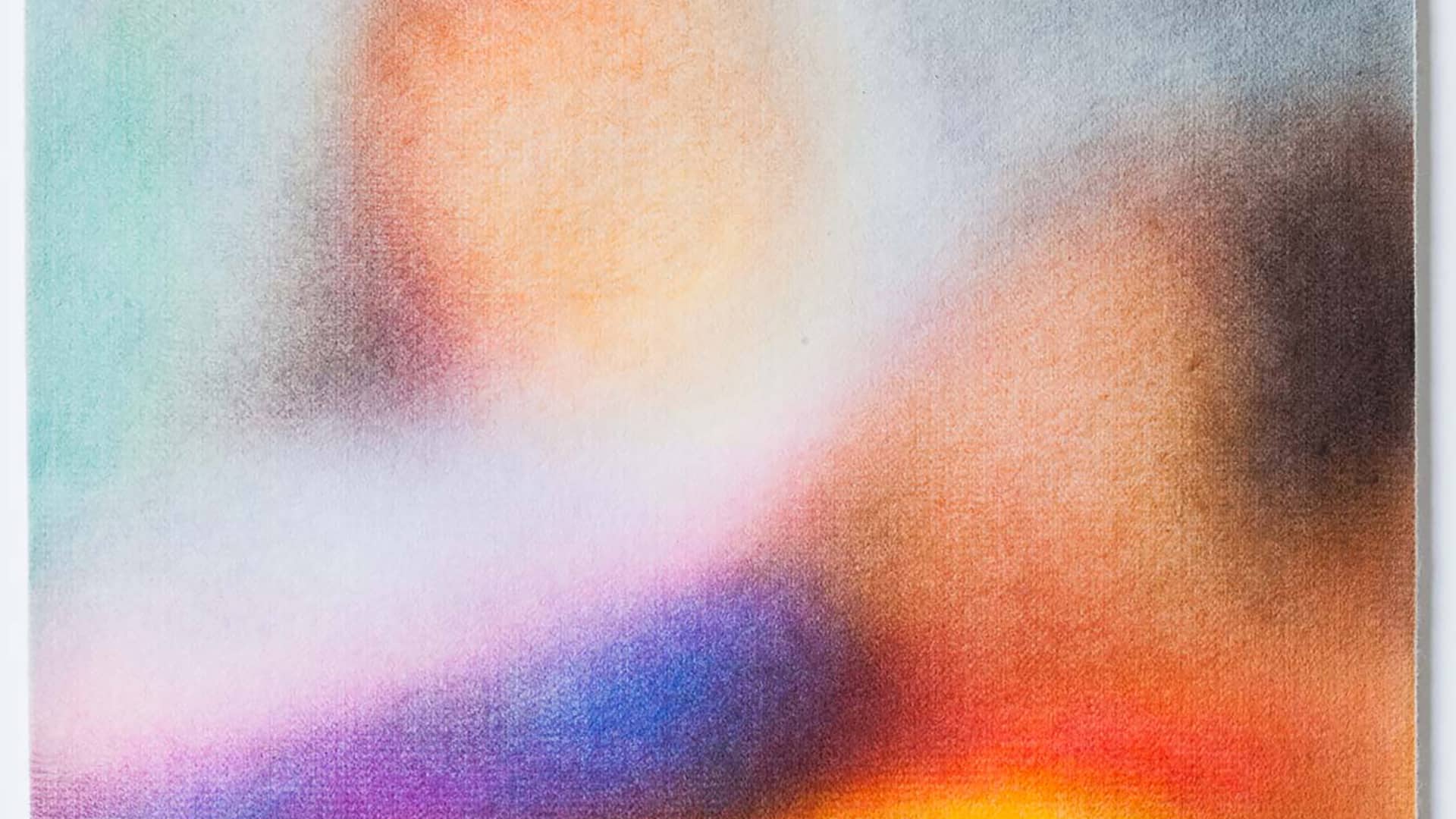Represented by the Paris-Beijing gallery in Paris, the artist Léa Belooussovitch reproduces into drawings often-tragic, painful press photos. With her pastel coloured pencils that she applies to a felt canvas, she takes up the main forms of the image which appears blurry, almost abstract. A unique process that questions our relationship to press images.

You’re getting blind.
Don’t miss the best of visual arts. Subscribe for $9 per month or $108 $90 per year.
Already suscribed ?



